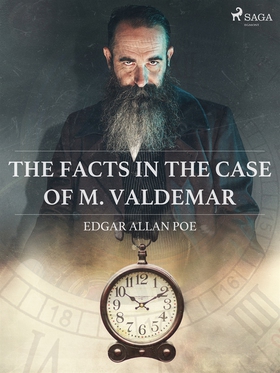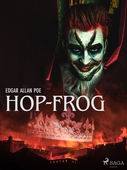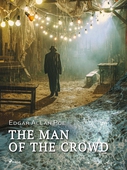
Lägg till önskelistan
The Facts in the Case of M. Valdemar (Horror Classics) e-bok
Pris
19 kr
One of E. A. Poe’s more horror-oriented stories, “The Facts in the Case of Mr. Valdemar” presents the author’s obsession with death, scientific experiments, and resurrection. Playing around with forbidden and unscientific methods, Poe vehemently tries to exhibit his own medical knowledge to the reading public, asking for some sort of pardon for the horrific and disgusting end of his experiment. The depiction of gore and “detestable putrescence” paves the way for another master of American hor...
E-Bok
19 kr
Pris
Förlag
Saga Egmont
Utgiven
26 Augusti 2020
Genrer
Noveller, Romaner, Deckare, Skönlitteratur
Serie
Horror Classics
Språk
English
Format
epub
Kopieringsskydd
Vattenmärkt
ISBN
9788726587111
One of E. A. Poe’s more horror-oriented stories, “The Facts in the Case of Mr. Valdemar” presents the author’s obsession with death, scientific experiments, and resurrection. Playing around with forbidden and unscientific methods, Poe vehemently tries to exhibit his own medical knowledge to the reading public, asking for some sort of pardon for the horrific and disgusting end of his experiment. The depiction of gore and “detestable putrescence” paves the way for another master of American horror, H. P. Lovecraft, whose dream journeys and loathsome descriptions owe a great debt to Poe’s story.
Edgar Allan Poe (1809-1849) was an American poet, author, and literary critic. Most famous for his poetry, short stories, and tales of the supernatural, mysterious, and macabre, he is also regarded as the inventor of the detective genre and a contributor to the emergence of science fiction, dark romanticism, and weird fiction. His most famous works include “The Raven” (1945), "The Black Cat” (1943), and “The Gold-Bug” (1843).












